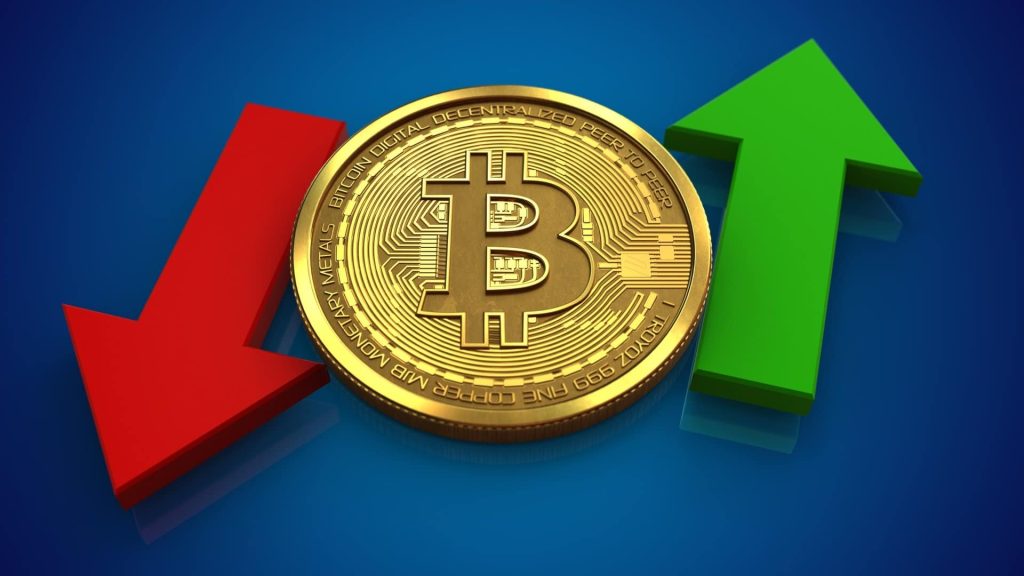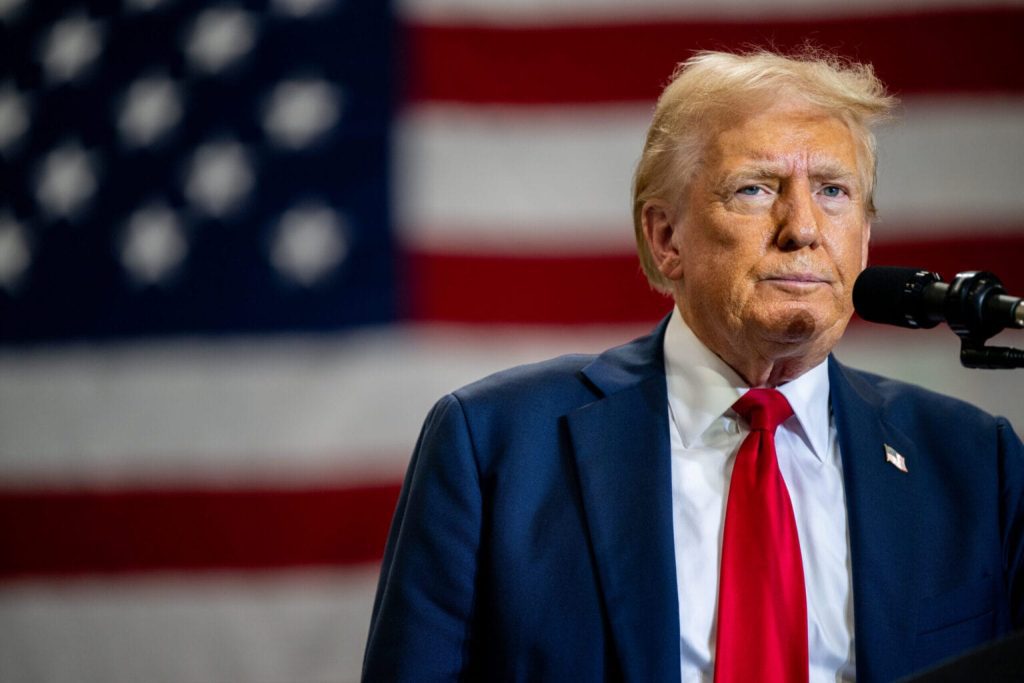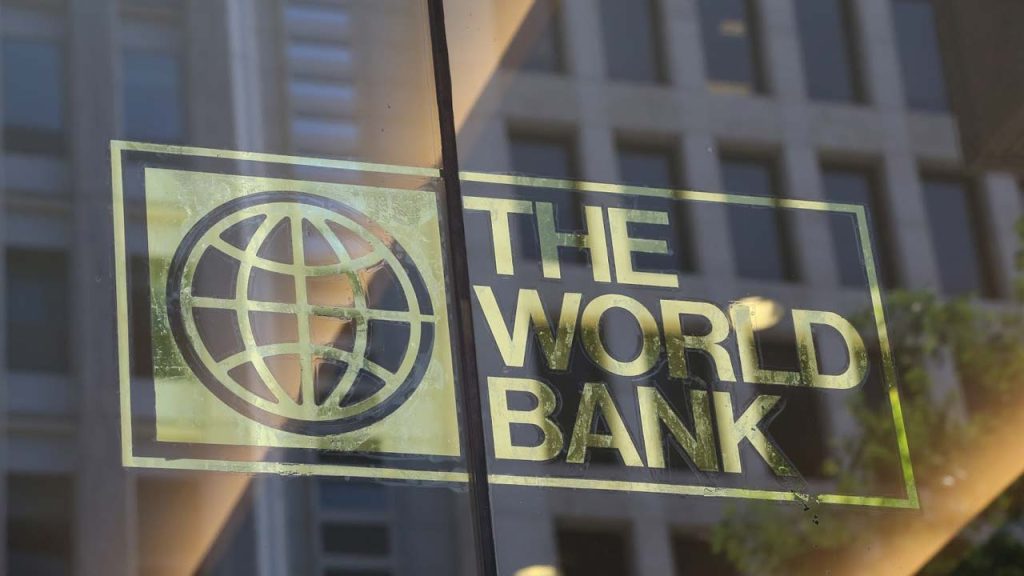In recent years, satellite connectivity has emerged as a groundbreaking addition to smartphones, enabling users to stay connected or call for help even in areas with no cellular service. While Apple and Google have embraced this technology wholeheartedly, Samsung’s latest flagship, the Galaxy S25, takes a different approach. The Galaxy S25 does include satellite connectivity capabilities, but there’s a significant caveat: its usability depends entirely on mobile carriers rather than Samsung’s own efforts.
Samsung’s Satellite Connectivity Approach
According to satellite and telecom consultant Christian Frhr. von der Ropp, Samsung has equipped the Galaxy S25 with the necessary hardware to support satellite communication. However, the company has not directly partnered with satellite service providers to make the feature universally accessible. Instead, Samsung is leaving this responsibility to mobile carriers, creating a stark contrast to Apple and Google’s proactive strategies.
Apple and Google have worked directly with satellite messaging provider Skylo to ensure that satellite connectivity is readily available on their devices. With iPhones and Pixel 9 smartphones, users in supported regions can simply enable satellite communication in the settings menu. For Google, this support is currently limited to the continental U.S., while Apple offers broader coverage in its supported regions.
Samsung’s approach, however, means that Galaxy S25 owners must rely on their carrier’s partnerships to access satellite messaging. Currently, Verizon is the only carrier in the U.S. to provide this feature, thanks to a partnership with Skylo announced last August. Verizon customers with a Galaxy S25 can access satellite connectivity free of charge.
Snapdragon Satellite Powers Samsung’s Solution
Samsung’s satellite connectivity feature is powered by Qualcomm’s Snapdragon Satellite technology, which has had a tumultuous history. Originally announced two years ago, the service appeared to have been discontinued at the end of 2023. However, it seems to have been revived specifically for the Galaxy S25. Snapdragon Satellite offers two-way messaging for emergencies and standard SMS texting, allowing users to stay in touch even when cell service is unavailable.
This feature mirrors Apple and Google’s offerings, which enable users to send emergency messages and stay connected in remote areas. For instance, during emergencies like hiking accidents or natural disasters, satellite communication can be a lifesaving tool.
Why Samsung’s Implementation Falls Short
While the Galaxy S25’s satellite connectivity is a step forward, Samsung’s decision to shift responsibility to carriers limits the feature’s accessibility. By not forming direct partnerships with satellite providers, Samsung leaves many users unable to benefit from this technology unless their carrier steps up.
In contrast, Apple and Google’s integrated approach ensures that users have immediate access to satellite communication without needing to wait for their carrier to strike a deal. This proactive strategy simplifies the process for customers, ensuring that all devices in supported regions can leverage satellite messaging.
Verizon Customers Reap the Benefits
For Verizon customers with a Galaxy S25, Samsung’s approach does offer some advantages. The carrier’s partnership with Skylo means that these users can enjoy free satellite connectivity, including two-way emergency messaging and regular SMS texting. This makes the Galaxy S25 a valuable tool for those who frequently travel to remote areas or need reliable communication during emergencies.
However, for Galaxy S25 users on other networks, the lack of carrier agreements means they’re left waiting to access this feature. Samsung’s decision to implement “half a feature” leaves many customers questioning why the company didn’t follow Apple and Google’s lead by ensuring universal access to emergency satellite messaging.
The Future of Satellite Connectivity on Samsung Devices
While the Galaxy S25’s satellite connectivity is a promising development, it highlights the challenges of relying on carriers to enable key features. For now, Verizon customers are the primary beneficiaries of this technology, but Samsung’s hands-off approach raises concerns about accessibility for users on other networks.
As satellite connectivity becomes increasingly essential in smartphones, it remains to be seen whether Samsung will adopt a more integrated approach in future devices. For now, Galaxy S25 users can take comfort in knowing that the hardware is in place—even if the feature isn’t universally available.
Whether Samsung revisits its strategy or carriers step up their partnerships, the Galaxy S25 represents a significant step forward in smartphone innovation. While it may not yet match Apple and Google’s implementations, it opens the door to a future where staying connected anywhere is a standard feature, not a luxury.













